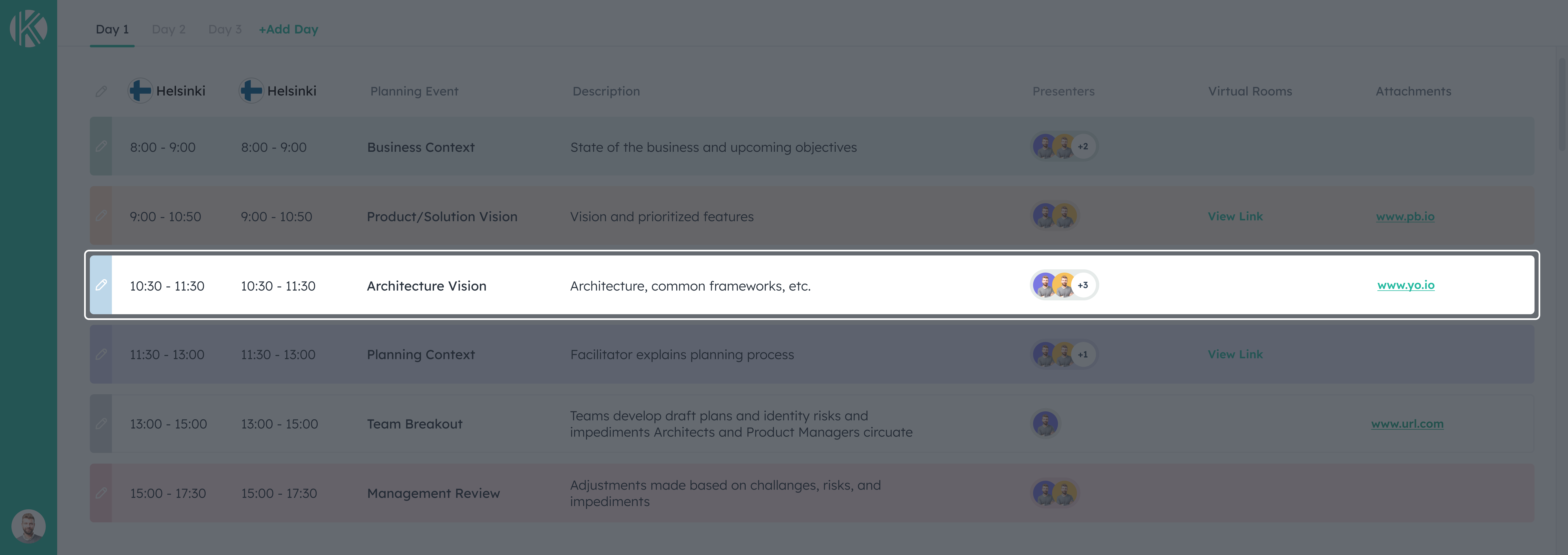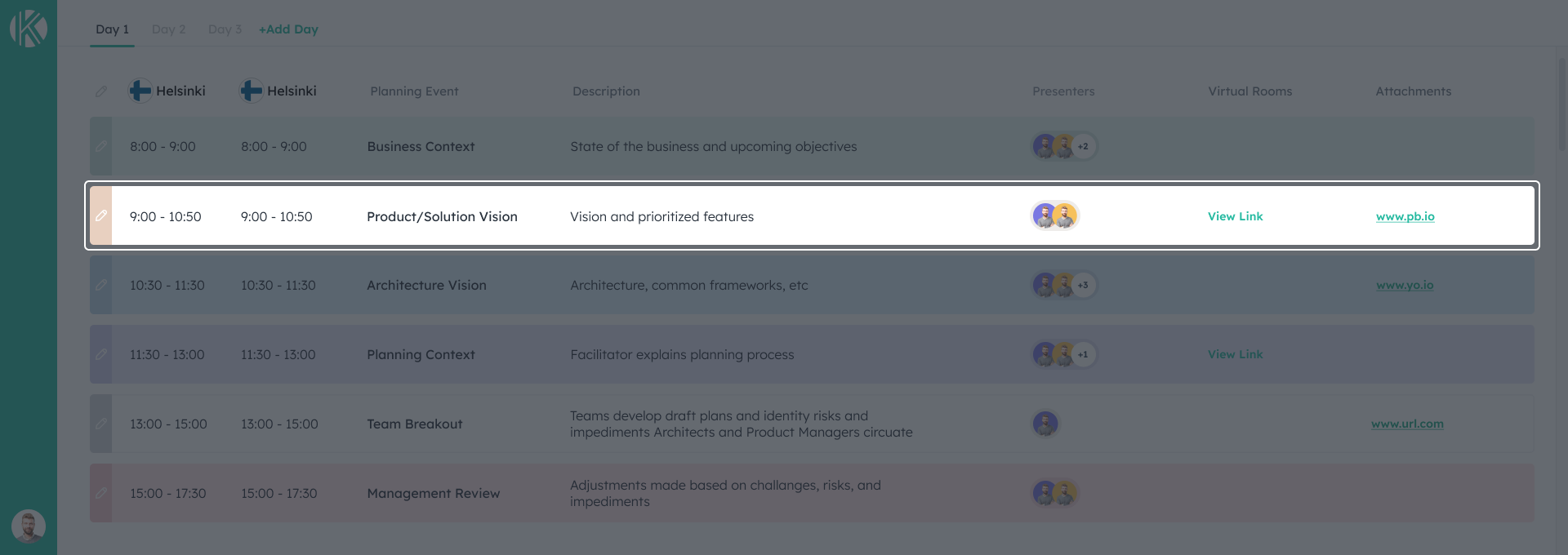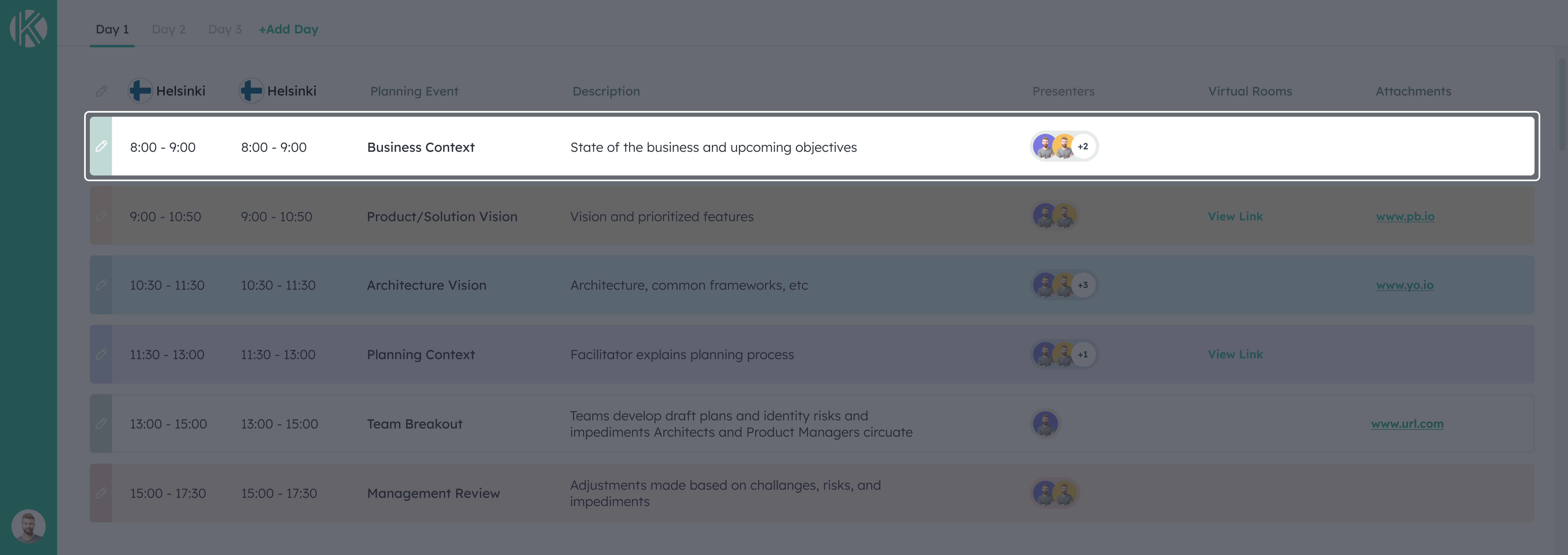Tracking is an essential activity for monitoring the progress of the Program Increment (PI) that is being executed. For tracking to be of substantial value, it needs to be a “Single source of truth” that should effectively and truly communicate the progress of the work being done in the PI in a way that is easy to understand and comprehend.
Tracking needs to be done on a regular basis so that any blockers or issues can be timely communicated and visualized. When it comes to tracking, it is an activity that is not really covered by any of the agile methodologies. Project managers, program managers and product managers would only want to obtain reports that are of interest to them. The reports are mostly created using Microsoft Excel that convey the number of the features or user stories that have been completed but do not really focus on the meaning of the completion of those work items or provide the ability to comprehend and show which areas need to be improved. There are activities in the Scaled Agile Framework that help in tracking of the Program Increment such as the Product Owner (PO) Sync and the Scrum of Scrums that can be done in person or virtually, which focus on bringing together all the teams on to one page, yet they lack the ability to completely capture the true essence of tracking the PI. The occurrence of these ceremonies do not restrict the teams or stakeholders from having sync ups outside of the activities done in the Scaled Agile Framework.
Nevertheless, tracking the PI is very important for its success. This article aims to explore the ceremonies that provide the opportunity to track the Program Increment, the importance of tracking your Program Increment and how it should be a single source of truth.
Activities for Tracking in SAFe
There are three activities done at the Program Level in SAFe that are effective for tracking which are:
- Scrum of Scrums
- PO Sync
- Agile Release Train (ART) Sync
Common aspects of these events are that they are all timeboxed and ensure collaboration and coordination amongst the participants.
Scrum of Scrums (SOS)
This is where all the scrum masters of the different teams of the Agile Release Train (ART) meet to provide an overview of the team’s progress and have discussions that are necessary for aligning a consistent flow of information in the active sprint of the PI. Facilitated by the Release Train Engineer, this session is focused on discussing any dependencies, risks and impediments that the teams might have amongst themselves. It helps to build good associations and interactions with other teams and can happen once a week or once in two weeks during the execution of the PI. To learn more about the activities of the scrum of scrums click here.
Product Owner (PO) Sync
An activity similar to the scrum of scrums, the PO sync is done in the presence of the product managers, product owners and business owners. Also facilitated by the Release Train Engineer, this PO sync is mostly done to discuss the business and make any scope adjustments if needed. This session acts as a checkpoint that enables the discussion of the PI objectives and if they are being met. During the PO Sync, any blockers or impediments that are slowing down the progress of the PI are also discussed.
Agile Release Train (ART) Sync
ART Sync is a combination of both the Scrum of Scrums and the PO Sync. This is where all the scrum masters, product managers, product owners and business owners meet once a week to discuss both the technical and business aspects of the PI. The aim of the ART Sync is to discuss the critical and major topics that require the attention and time of a larger audience in order to obtain a holistic view of the progress of the PI.
Why is Tracking Important?
In large organizations there are different teams working on various aspects of the product that are only interested in tracking areas that are of value to them. For tracking to be a valuable exercise, it is difficult to do so using a physical board. This is because constantly updating the physical board is a laborious task on its own and it is highly likely that key information that needs to be updated gets missed. Companies resort to using Excel sheets as a way to track their Program Increment but it is no different than having a physical board.
For tracking to become a seamless and a painless task it is important to have a tool that automatically updates the various statuses, story points and numbers with the real time data, eradicating the human labor of doing it continuously. All of this data generated can be further used to get an insight into the present situation of the PI transparently, be able to gauge the direction of where the PI is heading and to make informed decisions.
How can Kendis Help in Tracking?
Kendis is a single source of truth for tracking your PI. Every metric measured in Kendis is more than just a number. It truly gives meaning and purpose to tracking the PI. You don’t have to be a specialist or possess extra skills to understand how tracking of the PI is done in Kendis. It helps in bringing together all the team members, managers, technical leads, product owners, scrum masters and the release train engineer on to one page by conveying information in the most simple and straightforward way giving a true reflection of what is being done in the PI, regardless of the team or role specific terminologies used.
There are many aspects involved when it comes to tracking your PI such as risks, dependencies, objectives and impediments. Kendis can help provide and track to provide accurate and updated information regarding the progress of the PI as follows:
Dependencies
Kendis makes tracking your created dependencies of your PI a very straightforward task by equipping you with the following capabilities that can:
- Update the status of the dependency
- Set responsible people for resolving the dependency
- Receive email notifications regarding the changes made to the dependency
- Add watchers who are not the direct responsible individuals for the resolving the dependency but are concerned with the outcome of the dependency

Objectives
Create and track your objectives which can be a part of your Enterprises Strategic Themes or OKR’s (Objectives and Key Results) in Kendis by:
- Setting the Business Value for each objective so their progress can become measurable
- Linking features or other objectives to your objectives
- Linking other objectives with your desired objective
- Adding uncommitted objectives that are important in keeping aligned with the primary objectives

Risks
Tracking your risks is easy with Kendis where you can:
- View the risk register regularly to check if there is anything that needs escalating or raising concerns
- You can also add yourself as a watcher for the risks that concern you and receive email notifications regarding any changes made to the risk
- Use filters on the risk status, risk level, risk name, target resolution date, responsible individuals or teams impacted to get more information regarding the risk
KANBAN Board
The Kanban Board in Kendis is beneficial in providing the ability to visualize the work flow of the features in the PI where:
- Each column in the Kanban board represents a stage of the feature’s journey. For example, from the Kanban Board you can track if your desired feature is in design, development, testing phase or is ready for development or release.
- Set a WIP (Work in Progress) limit that allows you to set a maximum number of features that can be part of each column. By default the limit set in Kendis is of 20 features.

Sprint Reports
Gain incredible insights with the sprint reports in Kendis that will allow you to get a snapshot of everything that has happened in a sprint by providing you with information like:
- Realizing the difference between planned and delivered Features
- User Stories that were spilled over to the next SprintObjectives, Risks and Impediments planned and executed in the Sprint/Iteration
- Objectives, risks and impediments planned and executed in the Sprint/Iteration


Conclusion
Needless to say, tracking is a very crucial part that starts when the PI is initialized in the Planning all the way till the Value delivery. A lot of time is spent on creating reports for tracking that deviates many people from their main task including that of coaching and improving processes. Tracking should not be a labor intensive task but rather it should be something that runs smoothly and continuously in the background.
Leave the tracking of your PI to Kendis in your SAFe implementation. Kendis provides you with that opportunity of relieving the stress of keeping up with all the essential metrics of tracking your Program Increment while letting you focus on the more important concerns of your PI.
To learn more click here










